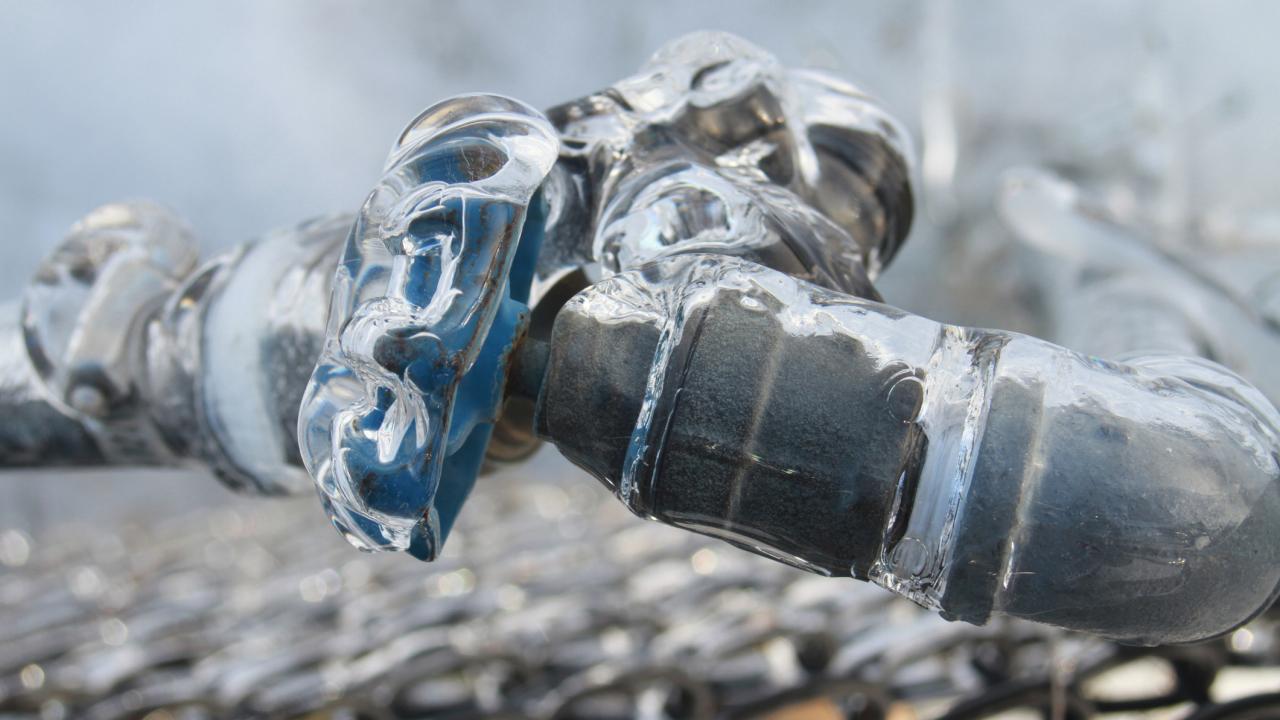Ways to Safeguard Your Plumbing from Freezing: Essential Tips
Ways to Safeguard Your Plumbing from Freezing: Essential Tips
Blog Article
What are your ideas on Winter Plumbing Precautions: Preventing Frozen Pipes?

Cold weather can wreak havoc on your plumbing, specifically by freezing pipes. Here's exactly how to prevent it from taking place and what to do if it does.
Introduction
As temperatures decrease, the risk of frozen pipelines increases, possibly bring about expensive fixings and water damage. Recognizing how to avoid frozen pipelines is critical for property owners in cool environments.
Prevention Tips
Protecting vulnerable pipes
Wrap pipelines in insulation sleeves or make use of heat tape to shield them from freezing temperature levels. Concentrate on pipelines in unheated or outside areas of the home.
Home heating techniques
Maintain indoor rooms effectively warmed, especially areas with pipes. Open cupboard doors to allow warm air to distribute around pipelines under sinks.
How to determine frozen pipelines
Look for decreased water flow from taps, uncommon smells or sounds from pipelines, and noticeable frost on exposed pipes.
Long-Term Solutions
Structural adjustments
Think about rerouting pipes far from outside walls or unheated areas. Add extra insulation to attics, basements, and crawl spaces.
Updating insulation
Buy high-quality insulation for pipelines, attics, and wall surfaces. Appropriate insulation helps keep constant temperatures and minimizes the risk of icy pipes.
Shielding Outside Pipes
Garden pipes and exterior taps
Disconnect and drain garden hose pipes prior to winter. Install frost-proof spigots or cover exterior faucets with shielded caps.
Understanding Icy Pipelines
What causes pipelines to freeze?
Pipes ice up when exposed to temperatures below 32 ° F (0 ° C) for extended durations. As water inside the pipelines ices up, it expands, putting pressure on the pipe walls and potentially triggering them to break.
Threats and problems
Icy pipelines can bring about water supply interruptions, property damage, and pricey fixings. Ruptured pipes can flood homes and create considerable structural damages.
Indicators of Frozen Piping
Identifying icy pipelines early can avoid them from bursting.
What to Do If Your Pipes Freeze
Immediate actions to take
If you believe icy pipes, maintain taps open up to ease pressure as the ice thaws. Utilize a hairdryer or towels taken in warm water to thaw pipes gradually.
Final thought
Preventing icy pipes needs aggressive steps and fast responses. By recognizing the causes, indications, and safety nets, property owners can protect their pipes throughout cold weather.
5 Ways to Prevent Frozen Pipes
Drain Outdoor Faucets and Disconnect Hoses
First, close the shut-off valve that controls the flow of water in the pipe to your outdoor faucet. Then, head outside to disconnect and drain your hose and open the outdoor faucet to allow the water to completely drain out of the line. Turn off the faucet when done. Finally, head back to the shut-off valve and drain the remaining water inside the pipe into a bucket or container. Additionally, if you have a home irrigation system, you should consider hiring an expert to clear the system of water each year.
Insulate Pipes
One of the best and most cost-effective methods for preventing frozen water pipes is to wrap your pipes with insulation. This is especially important for areas in your home that aren’t exposed to heat, such as an attic. We suggest using foam sleeves, which can typically be found at your local hardware store.
Keep Heat Running at 65
Your pipes are located inside your walls, and the temperature there is much colder than the rest of the house. To prevent your pipes from freezing, The Insurance Information Institute suggests that you keep your home heated to at least 65 degrees, even when traveling. You may want to invest in smart devices that can keep an eye on the temperature in your home while you’re away.
Leave Water Dripping
Moving water — even a small trickle — can prevent ice from forming inside your pipes. When freezing temps are imminent, start a drip of water from all faucets that serve exposed pipes. Leaving a few faucets running will also help relieve pressure inside the pipes and help prevent a rupture if the water inside freezes.
Open Cupboard Doors
Warm your kitchen and bathroom pipes by opening cupboards and vanities. You should also leave your interior doors ajar to help warm air circulate evenly throughout your home.

We are very enthusiastic about How to prepare your home plumbing for winter weather and I'm hoping you appreciated the new blog post. Sharing is caring. One never knows, you may be doing someone a favor. Thank you for going through it.
Customer Reviews Report this page